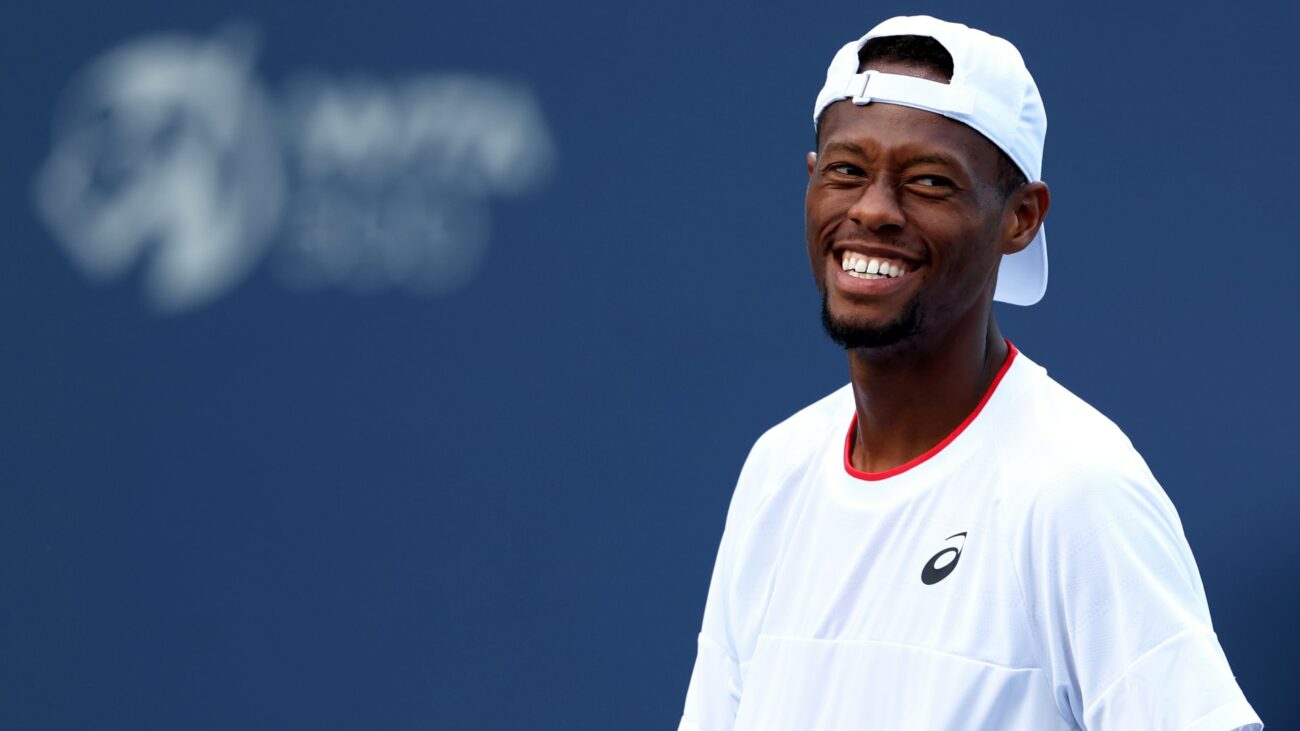Tennis Stars Face Ball Change Challenge in “Sunshine Swing”
The “Sunshine Swing” presents a formidable challenge for tennis players, with the BNP Paribas Open in Indian Wells and the Miami Open following in quick succession. This year, Carlos Alcaraz and Iga Swiatek aim to conquer both tournaments, a feat made even more arduous by the significant differences between the two events.
The eight-hour travel time and three-time zone shift between Palm Springs and Miami pose logistical hurdles. The contrasting climates, from the desert heat of Indian Wells to the humid South Florida conditions, can also impact performance.
However, players have identified another significant challenge: the change in tennis balls. In Indian Wells, ATP players used Penn balls, while in Miami, they switch to Dunlop. The differences between the two balls are so pronounced that players find it difficult to compare the conditions between tournaments.
Taylor Fritz, the No. 12 seed in Miami, emphasized the impact of the ball change. “It’s a night and day difference,” he said. “It’s impossible to compare one tournament to another because the balls are different.”
Emma Raducanu, the former US Open champion, expressed concerns about the potential for wrist injuries due to the frequent ball changes. “The balls are very heavy,” she said. “I don’t think it’s great for any of the players’ wrists, but especially mine.”
Jessica Pegula, the No. 5 seed in Miami, highlighted the logistical challenges of adjusting to different balls. “It’s not ideal,” she said. “We’re all feeling the same thing.”
Daniil Medvedev, the World No. 3, acknowledged the mental toll of the constant changes. “Every small detail can have a big impact,” he said. “You start questioning even more: these balls, this court, this let.”
The issue of tennis ball consistency has been a topic of debate for years. Last year, Iga Swiatek advocated for a switch to heavier balls at the US Open to reduce injuries. However, the move received mixed reviews.
Players like Jessica Pegula believe that a consistent ball would allow them to adapt more effectively. “I would just rather have a consistent ball,” she said. “If we could just at least keep the same ball every single week, then we could at least get a handle on that variable.”



